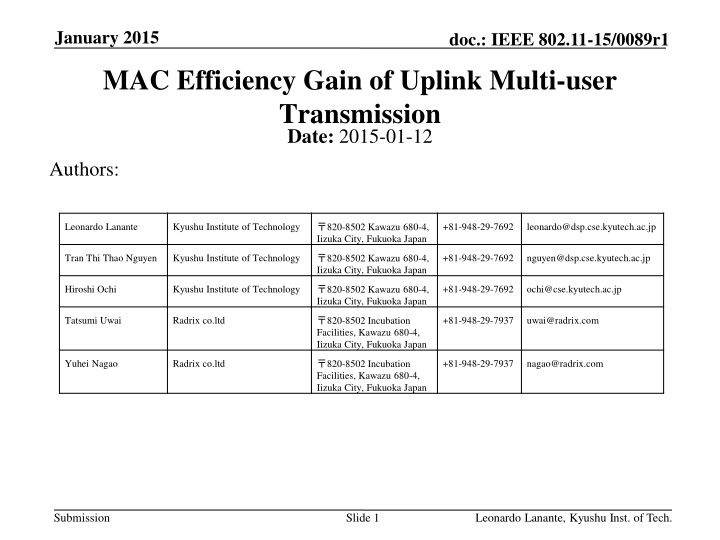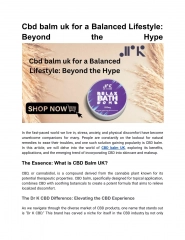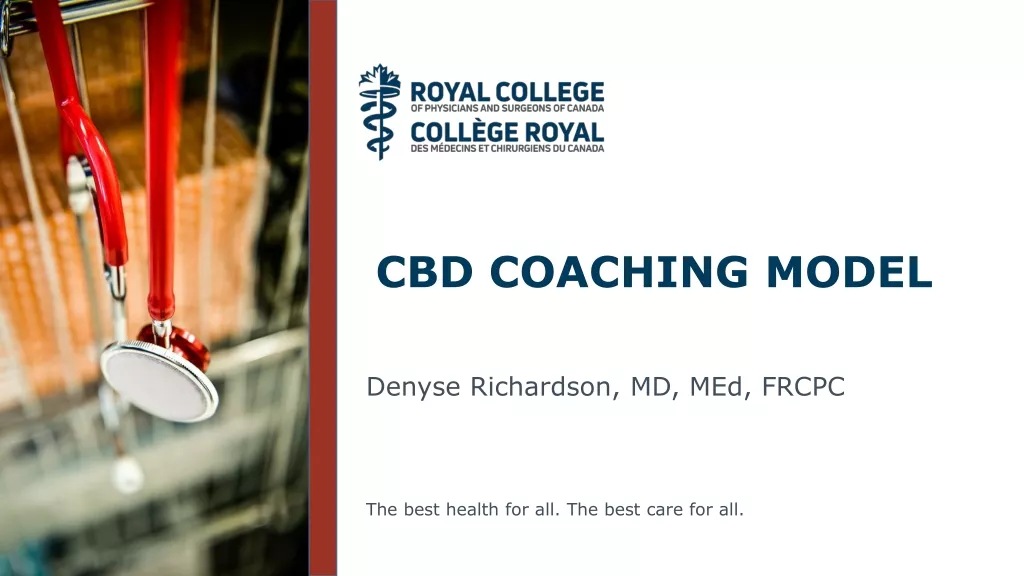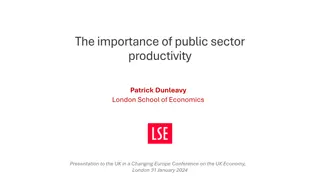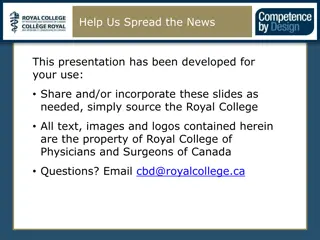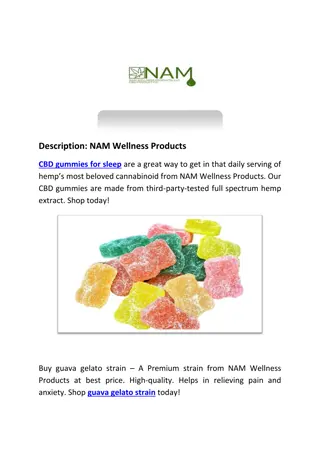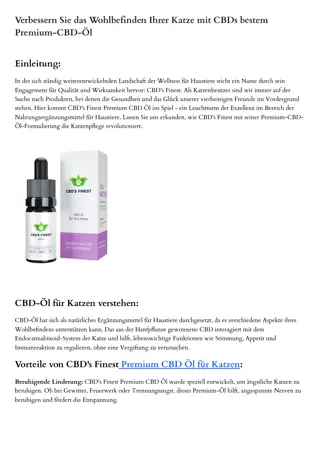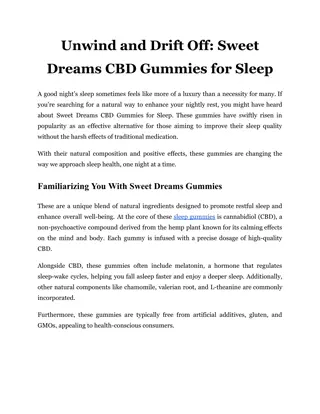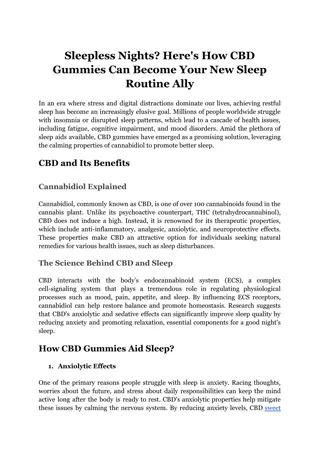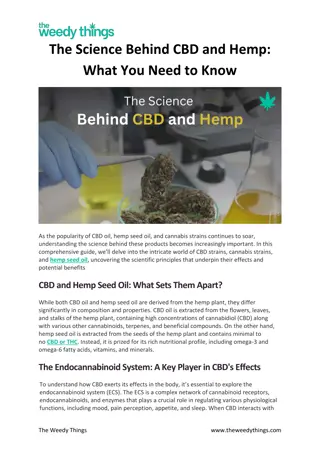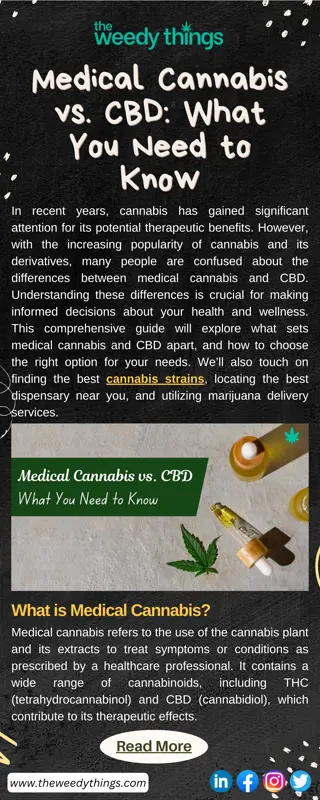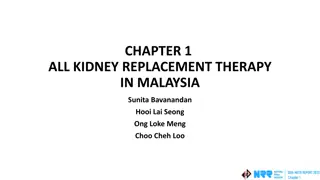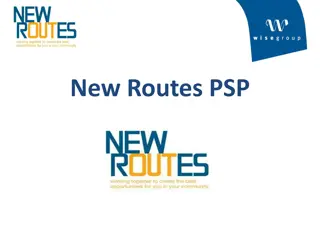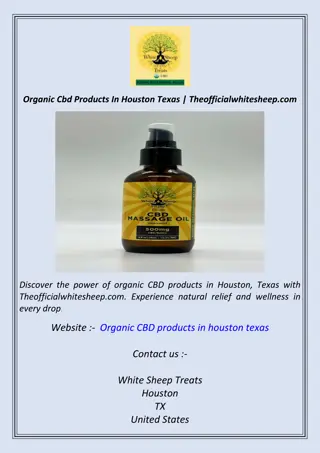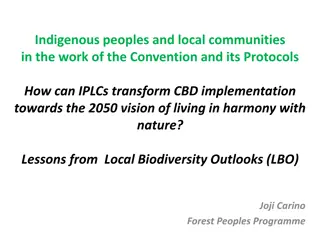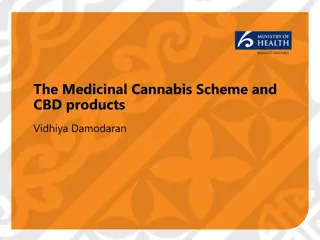Supporting PSP & CBD Patients: Services and Information
The PSP Association, led by Kathy Weston, provides specialist care advising, education, research, and local support groups for those with PSP or CBD. With a focus on tackling symptoms and challenges such as falls, postural instability, eye problems, and cognitive changes, the organization offers helpline services, practical support, and information advisory. Key features outline the differences between PSP and CBD, highlighting the importance of early recognition and tailored care. The organization's efforts in enhancing awareness, promoting research, and providing care underscore their commitment to a world free of PSP.
Download Presentation

Please find below an Image/Link to download the presentation.
The content on the website is provided AS IS for your information and personal use only. It may not be sold, licensed, or shared on other websites without obtaining consent from the author.If you encounter any issues during the download, it is possible that the publisher has removed the file from their server.
You are allowed to download the files provided on this website for personal or commercial use, subject to the condition that they are used lawfully. All files are the property of their respective owners.
The content on the website is provided AS IS for your information and personal use only. It may not be sold, licensed, or shared on other websites without obtaining consent from the author.
E N D
Presentation Transcript
January 2015 doc.: IEEE 802.11-15/0089r1 MAC Efficiency Gain of Uplink Multi-user Transmission Date: 2015-01-12 Authors: Leonardo Lanante Kyushu Institute of Technology +81-948-29-7692 leonardo@dsp.cse.kyutech.ac.jp 820-8502 Kawazu 680-4, Iizuka City, Fukuoka Japan Tran Thi Thao Nguyen Kyushu Institute of Technology +81-948-29-7692 nguyen@dsp.cse.kyutech.ac.jp 820-8502 Kawazu 680-4, Iizuka City, Fukuoka Japan Hiroshi Ochi Kyushu Institute of Technology +81-948-29-7692 ochi@cse.kyutech.ac.jp 820-8502 Kawazu 680-4, Iizuka City, Fukuoka Japan Tatsumi Uwai Radrix co.ltd +81-948-29-7937 uwai@radrix.com 820-8502 Incubation Facilities, Kawazu 680-4, Iizuka City, Fukuoka Japan Yuhei Nagao Radrix co.ltd +81-948-29-7937 nagao@radrix.com 820-8502 Incubation Facilities, Kawazu 680-4, Iizuka City, Fukuoka Japan Submission Slide 1 Leonardo Lanante, Kyushu Inst. of Tech.
January 2015 doc.: IEEE 802.11-15/0089r1 Abstract In [1], the benefits of uplink OFDMA transmission were analyzed. More users / small resource blocks means higher increase in throughput due to frequency diversity. But aside from frequency diversity, uplink multi-user transmission can also benefit from higher MAC efficiency due to the longer effective packet lengths. We show simulations results on the achievable MAC efficiency gains when using uplink multi-user transmission. Submission Slide 2 Leonardo Lanante, Kyushu Inst. of Tech.
doc.: IEEE 802.11-15/0089r1 Some definitions Maximum Throughput (MT) - is the MAC throughput attainable when no packet error. no collision. if MU, no UL multi-user protocol overhead ??? ?????????? =??????? ? ???? ??? ??? ? ???? ??? Submission
doc.: IEEE 802.11-15/0089r1 Basic access mechanism Using the basic access mechanism shown below, we can compute for the Maximum Throughput SIFS SIFS ? ? ? ???? ? ???? ACK ACK ?DIFSCW DIFSCW DIFSCW AP ? Time ?ACK ?ACK Data Data Data STA1 Similar to the MAC Throughput metric of Test1a: MAC overhead w/out RTS/CTS in [2] one transmission cycle 8 ????? MT = ?????+ ????+ 2? + ?????+ ?????+ ????? *????= 32????? ????=?????????+ 8 ????/???? ?????=?????????+ 8 ?????/???? Submission
doc.: IEEE 802.11-15/0089r1 SU MAC throughput and efficiency CWave = 15/2*9us Packet format = VHT 20MHz ?=1us 100 1 MCS 0 - 6.5Mbps MCS 2 - 19.5Mbps MCS 4 - 39.0Mbps MCS 6 - 58.5Mbps MCS 8 - 78.0Mbps 90 0.9 80 0.8 70 0.7 Maximum Throughput 60 0.6 MAC Efficiency 50 0.5 40 0.4 MCS 0 - 6.5Mbps MCS 2 - 19.5Mbps MCS 4 - 39.0Mbps MCS 6 - 58.0Mbps MCS 8 - 78.0Mbps 30 0.3 20 0.2 10 0.1 0 0 500 1000 1500 LDATA 2000 2500 3000 500 1000 1500 LDATA 2000 2500 3000 Very low efficiency at short payload lengths. Submission
doc.: IEEE 802.11-15/0089r1 How to increase the MAC efficiency when uplink packets are short? As seen in the previous slide, short packets result in very low efficiency. In the UL, the majority of the packet are less than 100 bytes[3]. The solution is obviously to increase packet lengths which can be done by aggregation or multiuser transmission. In cases aggregation is not an option [4], uplink multi-user transmission (e.g. OFDMA) can increase the effective packet lengths and hence increase the efficiency. Submission
doc.: IEEE 802.11-15/0089r1 How to increase the MAC efficiency when uplink packets are short? channel access overhead subcarriers When each user sends a very short packet, the effect of channel access overhead is high. time 100Bytes transmitted per channel access Submission
doc.: IEEE 802.11-15/0089r1 How to increase the MAC efficiency when uplink packets are short? subcarriers time With OFDMA, each channel access result in longer packet transmission. Hence, higher efficiency. subcarriers time Submission
doc.: IEEE 802.11-15/0089r1 UL MU MAC protocol SIFS SIFS ? ? ? ???? ? ???? ? ???? MU-ACK MU-ACK DIFS DIFSCW DIFS AP CW CW Time ? ? Data Data Data STA1 Data Data Data STA 2 Data Data Data STA 3 Data Data STA 4 Data Data Data Data STA K To obtain the UL MU MAC efficiency, we assume the MAC protocol above stripped of protocol overhead and is operating on top of an OFDMA PHY. Submission
January 2015 doc.: IEEE 802.11-15/0089r1 UL MU MAC protocol Each of the K STAs send a packet of size ????? , hence 8 ????? ? MT = ?????+ ??????+ 2? + ?????+ ?????+ ????? Also, assuming that equal number of subcarriers are allotted for all users, we approximate the lengthening of the transmission time with K as *??????= ? 32????? ??????=?????????+ 8 ??????/???? ?????=?????????+8 ????? ? ???? Submission Slide 10 Leonardo Lanante, Kyushu Inst. of Tech.
doc.: IEEE 802.11-15/0089r1 MAC Throughput gain for UL MU ?????=100bytes / user Packet Format = VHT 20MHz 8 7 3.5 6 3 Normlized throughput Maximum Throughput 5 2.5 4 MCS 0 - 6.5Mbps MCS 2 - 19.5Mbps MCS 4 - 39.0Mbps MCS 6 - 58.5Mbps MCS 8 - 78.0Mbps Mean 2 3 2 MCS 0 - 6.5Mbps MCS 2 - 19.5Mbps MCS 4 - 39.0Mbps MCS 6 - 58.5Mbps MCS 8 - 78.0Mbps 1.5 1 1 0 0 2 4 6 8 10 12 14 16 18 2 4 6 8 10 12 14 16 18 Number of STA Number of STA Throughput gain is much higher at higher MCS. Mean throughput gain of about 2.75x is possible for 10 STAs but can be as high as 3.4x for MCS 8 Submission
doc.: IEEE 802.11-15/0089r1 CCA limited uplink multiuser gain Increase in the number of transmitters due to uplink multi-user transmission may result in increased chances that a STA that will detect that the channel is busy hence reducing the number of possible transmitters. We simulate the benefit of uplink multi-user transmission in the residential case[3] following a similar methodology as the PHY system simulation in [5]. Submission
doc.: IEEE 802.11-15/0089r1 Methodology Drop: place AP s and STA s, according to scenario. TX event: determine set of active TX nodes and RX SINR based on that set Initialize visited BSS set as empty. Randomly select an un-visited BSS Randomly select K STAs. check interference level at each STAs from already activated STAs from other BSS. For each STAs , if interference <=threshold, activate the STA for UL Transmission (# of actual transmitting STAs may be less than K) If interference > threshold do not activate Continue above until every BSS has been tried once. Once complete, the set of active STA in the current TX event has been determined. For a single drop, run many TX events and compute uplink throughput Perform above across many drops to get averaging across spatial distribution Submission
doc.: IEEE 802.11-15/0089r1 Residential scenario simulations Channel = AWGN Sensitivity = -82dBm Packet Format: VHT 20MHz Genie MCS OFDMA ?????=100bytes / user 1 1 K=1 K=2 K=4 K=6 K=8 K=10 K=1 K=2 K=4 K=6 K=8 K=10 0.9 0.9 0.8 0.8 0.7 0.7 0.6 0.6 CDF CDF 0.5 0.5 0.4 0.4 0.3 0.3 0.2 0.2 0.1 0.1 0 0 0.5 1 1.5 2 2.5 3 3.5 -40 -20 0 20 40 60 80 100 Throughput [Mbps] SINR ~3x Tput Gain for all percentiles for 10 users SINR is the same regardless of K. This is because each user is orthogonal in frequency. Might be different in UL MIMO case. 100 Byte per user Submission
doc.: IEEE 802.11-15/0089r1 Conclusion Aside from gain due to multi-user diversity, MAC efficiency gain can be obtained from uplink multi-user transmission. From our simulations, there is about 3x throughput/efficiency gain for 10 users in short packets. This gain adds to the multi-user diversity gain reported in [1]. Combined, the 4x throughput gain target of 11ax should be achieved more easily without resorting in very small resource block implementation. Submission
doc.: IEEE 802.11-15/0089r1 References 1. https://mentor.ieee.org/802.11/dcn/14/11-14-1227-03-00ax-ofdma- performance-analysis.pptx 2. https://mentor.ieee.org/802.11/dcn/11-14-0621-04-00ax-simulation- scenarios 3. Jim Lansford, 11-14-0546-01-00ax-packet-traffic-measurements-around- boulder-colorado.ppt 4. https://mentor.ieee.org/802.11/dcn/14/11-14-0855-00-00ax-techniques-for- short-downlink-frames.pptx 5. https://mentor.ieee.org/802.11/dcn/14/11-14-0571-06-00ax-evaluation- methodology.docx Submission
